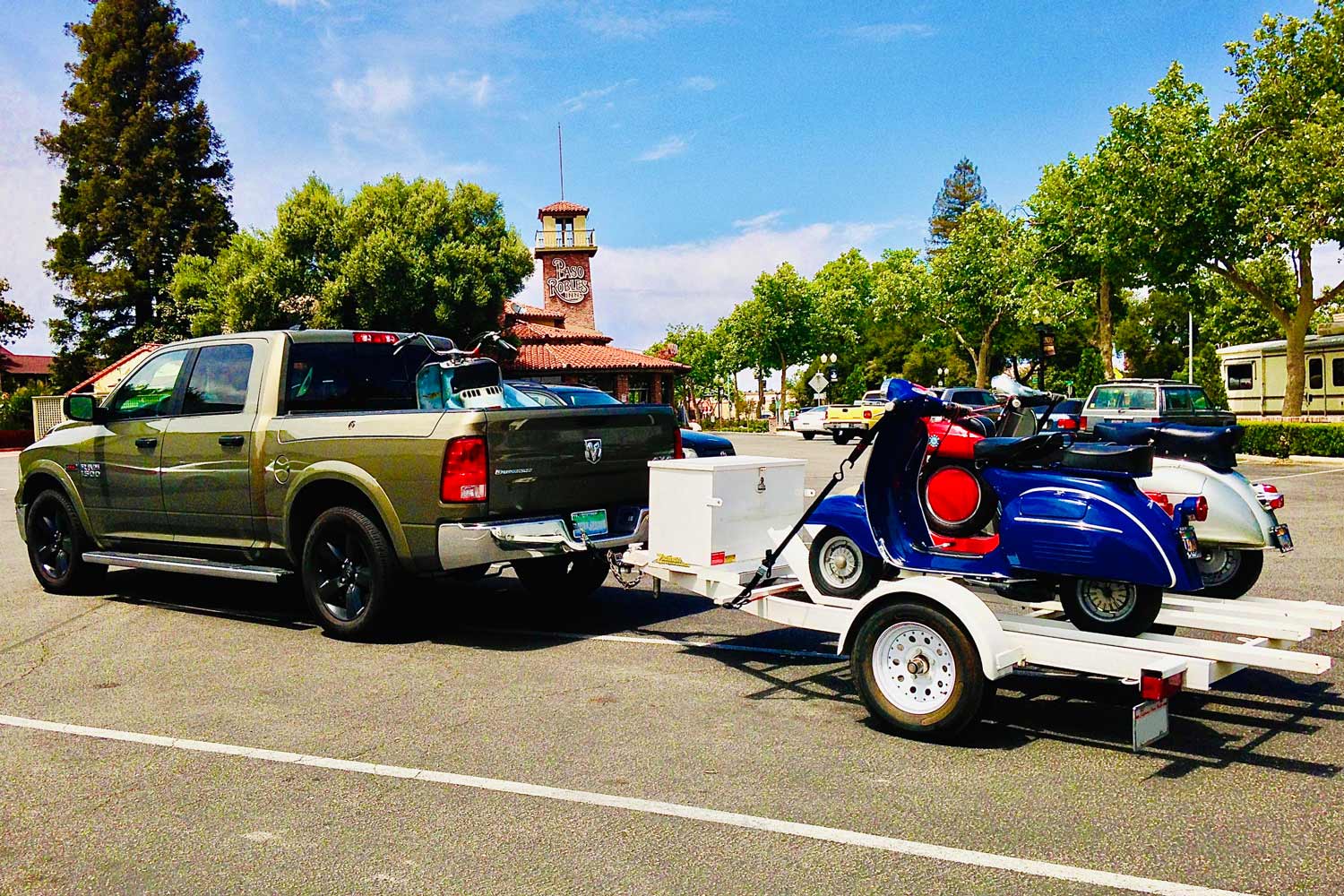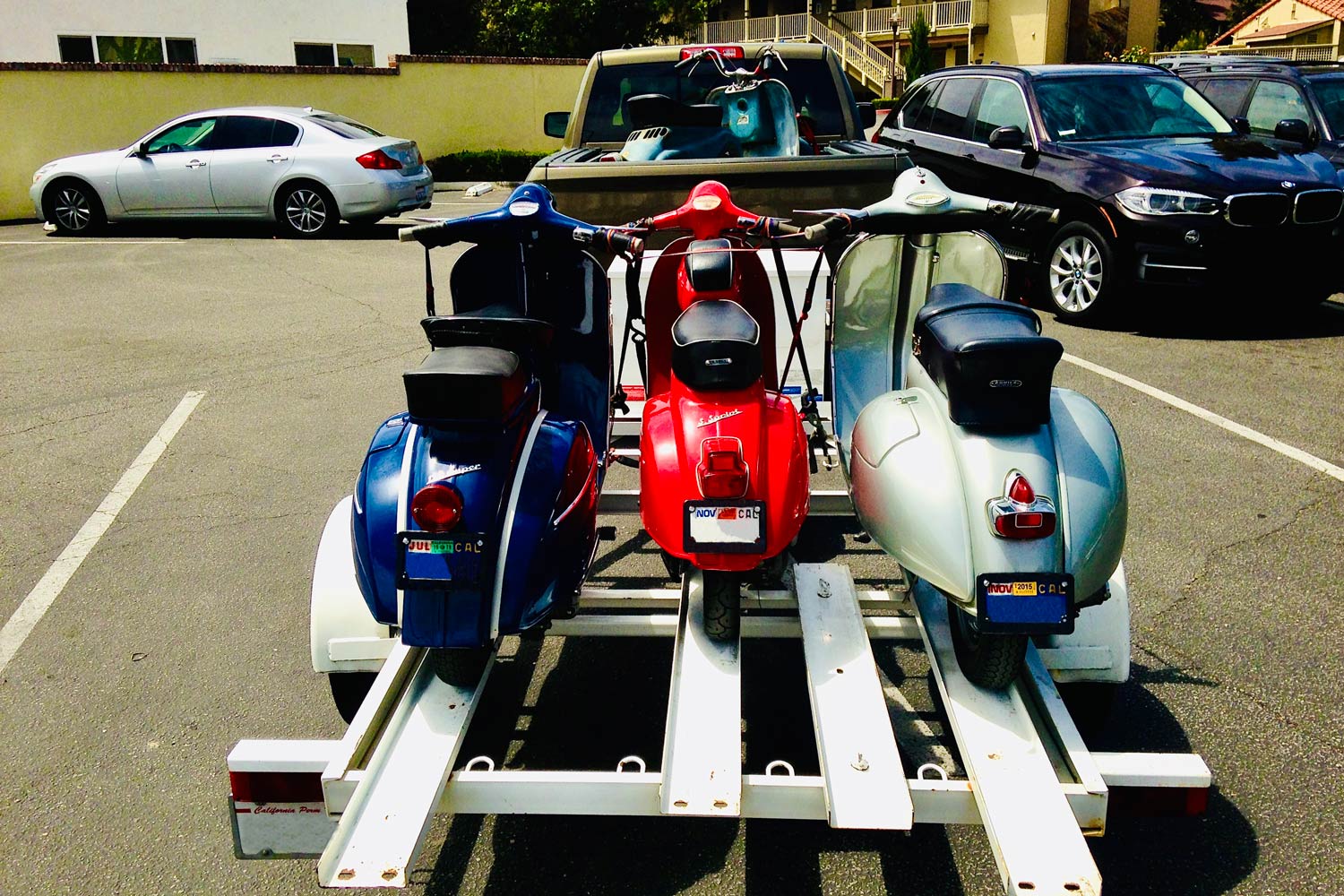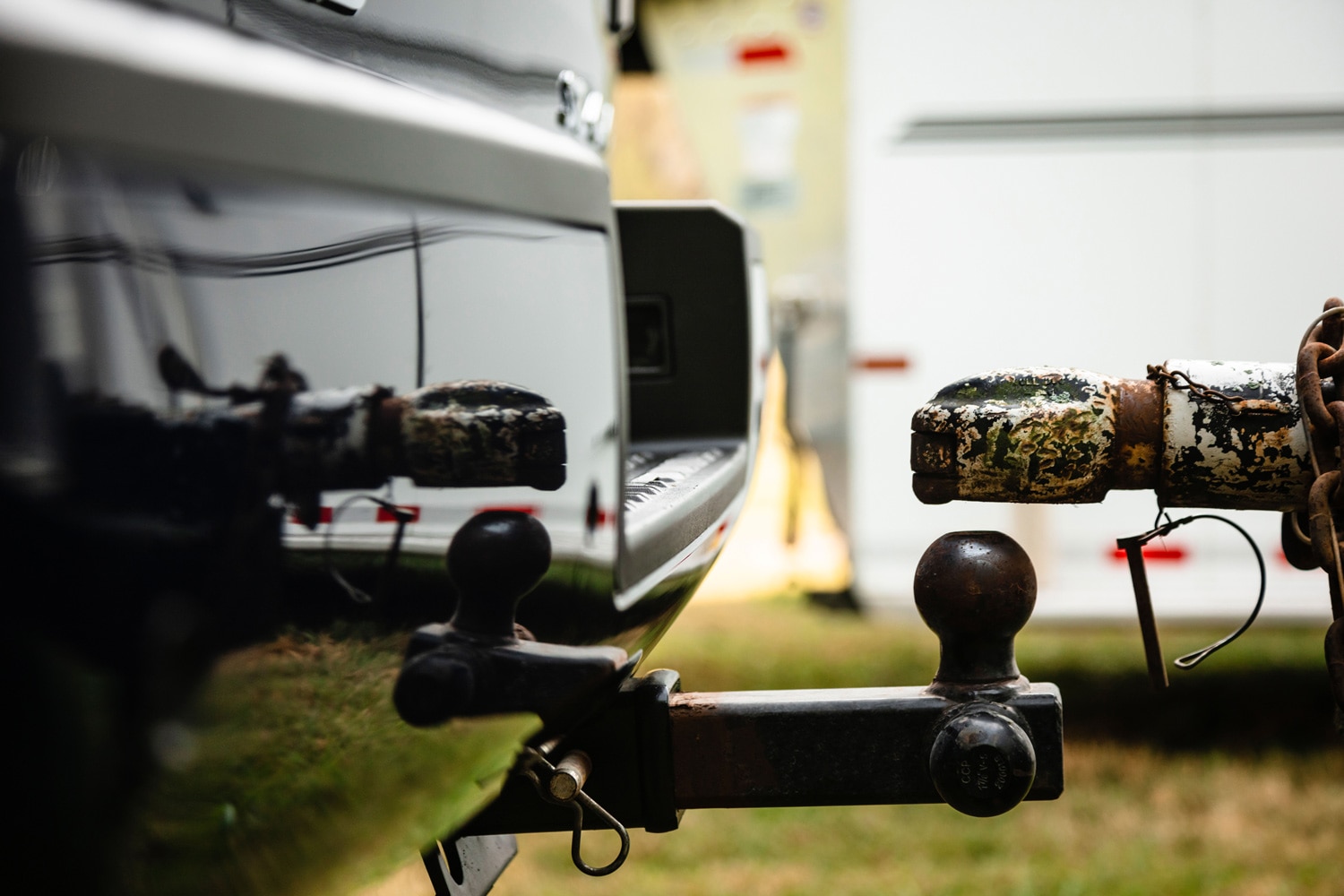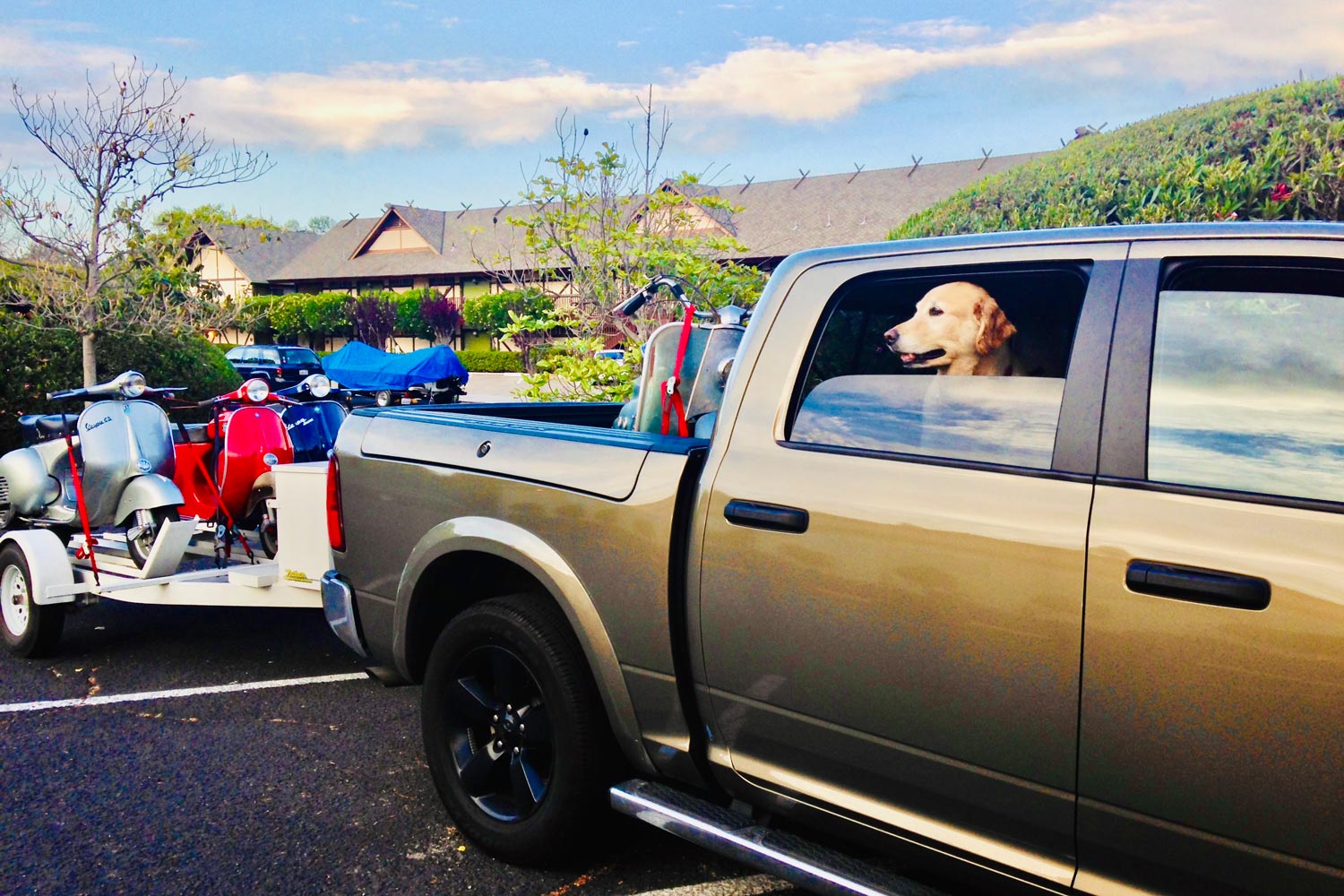How to Tow a Motorcycle With Your Car or Truck
If you need to tow your two-wheeled machine, here's what you need to know.
 Kara Snow | Capital One
Kara Snow | Capital One
Article QuickTakes:
There are a number of reasons you would need to transport a motorcycle when riding it isn't an option. It likely won't fit in the back of your SUV, so hitching up a trailer might be the answer. If you're new to towing or haven't yet towed a motorcycle, we've got some tips for how to secure the bike to the trailer.
 Kara Snow | Capital One
Kara Snow | Capital One
Can My Vehicle Tow a Trailer With a Motorcycle?
Your ability to tow depends on the weight of the motorcycle, the weight of the trailer, and your vehicle's towing capacity. Check the owner's manual of your vehicle to make sure it is able to tow a trailer and also to find out how much weight it can pull. A pickup, midsize SUV, or larger crossover should have enough towing capacity to pull a trailer with a motorcycle. But cars or small crossovers are typically rated to tow a maximum of 1,000 pounds, so the weight of the bike and trailer are very important.
A small dirt bike or scooter can weigh as little as about 200 pounds, while a touring motorcycle can top out at more than 1,000 pounds. Lightweight motorcycle trailers are available for purchase, but if you only need to rent one from U-Haul, their motorcycle trailer weighs 800 pounds.
 Nissan
Nissan
What Do I Need to Tow a Trailer?
To tow a trailer, your vehicle needs a tow-hitch receiver and trailer wiring socket. If your vehicle has a factory-installed tow package, you should be all set. To learn more about what your vehicle needs, check out this helpful page.
You'll also need tie-downs to secure the bike to the trailer. For some types of motorcycles, a motorcycle handlebar strap is a good way to secure it to a trailer. It has plastic cups or webbed fabric that hold each end of the handlebars. A few years ago, I finally bought a handlebar strap, and I regret not always hauling my type of bike with it. For many other kinds of motorcycles, tie-downs can be used on the neck and on other points of the bike. Consult your owners manual, or dealership, if you're unsure where to attach tie-downs.
 Kara Snow | Capital One
Kara Snow | Capital One
Loading and Securing the Motorcycle
With one person on each side, or one managing the front while the other steadies the rear, walk the bike up the ramp and onto the trailer. Do not attempt to ride it up the ramp. The online videos of what can go wrong are plentiful. Don't be the star of the next blooper reel.
Once you've got the bike on the trailer, securing it for the tow is the most important part. Ideally, the trailer has a chock to hold the front wheel. If not, you might be able to push the front wheel of the motorcycle all the way forward against the wall of the trailer. If the front fender precludes that, you can purchase a wheel chock made for that type of motorcycle.
 Honda
Honda
The next part also requires two people, one sitting on the seat to steady the bike or one person on each side. If you're not using a handlebar strap, fasten a soft loop to the fork below the handlebars and then to a tie-down strap going to the left side of the trailer. Do the same thing on the right side of the bike. Ensure the straps don't interfere with any cables, brake lines, or other parts of the bike. With a handlebar strap, insert each grip into the cups or fabric webbing and attach tie-downs to the straps at each end.
Attach the opposite ends of the tie-downs to the trailer, ahead of the handlebars. Make sure the straps are at a 45-degree angle to the bike. As you tighten the straps, it should pull the bike forward slightly, and the fork or suspension should compress. Do not overtighten the straps, but make sure the bike is level and vertical and that there's enough tension so the handlebars can't easily move. (Note: Don't leave a motorcycle stored long-term with the forks compressed because that can damage the seals.)
It's important to remember that ratchet straps are not recommended to hold down the handlebars. They can put too much force on the ends of the bars and could break them. Use cam-buckle tie-downs that have a simple tightening mechanism.
 BMW
BMW
The bike should now be firmly attached to the trailer, but you're not done yet. The rear of the bike should be secured so it doesn't bounce on bumpy roads. Otherwise, it could pivot on the front wheel and allow the rear of the bike to hop around on the trailer. Locate a solid part of the bike such as a grab handle, brackets for passenger foot pegs, or the base of a luggage rack, if it's sturdy enough. You can use a tie-down on each side or loop one through, as long as there is some downward tension on the rear of the bike. Looping the tie-down through the rear wheel is not recommended because the wheel often rotates slightly, which releases the tension on the strap.
With the rear fastened, double check all the tie-downs, secure the trailer ramp or gate, check your trailer light functions, and hit the road. It's also a good idea to stop and check your tie-down tension occasionally, such as whenever you make a pit stop.



